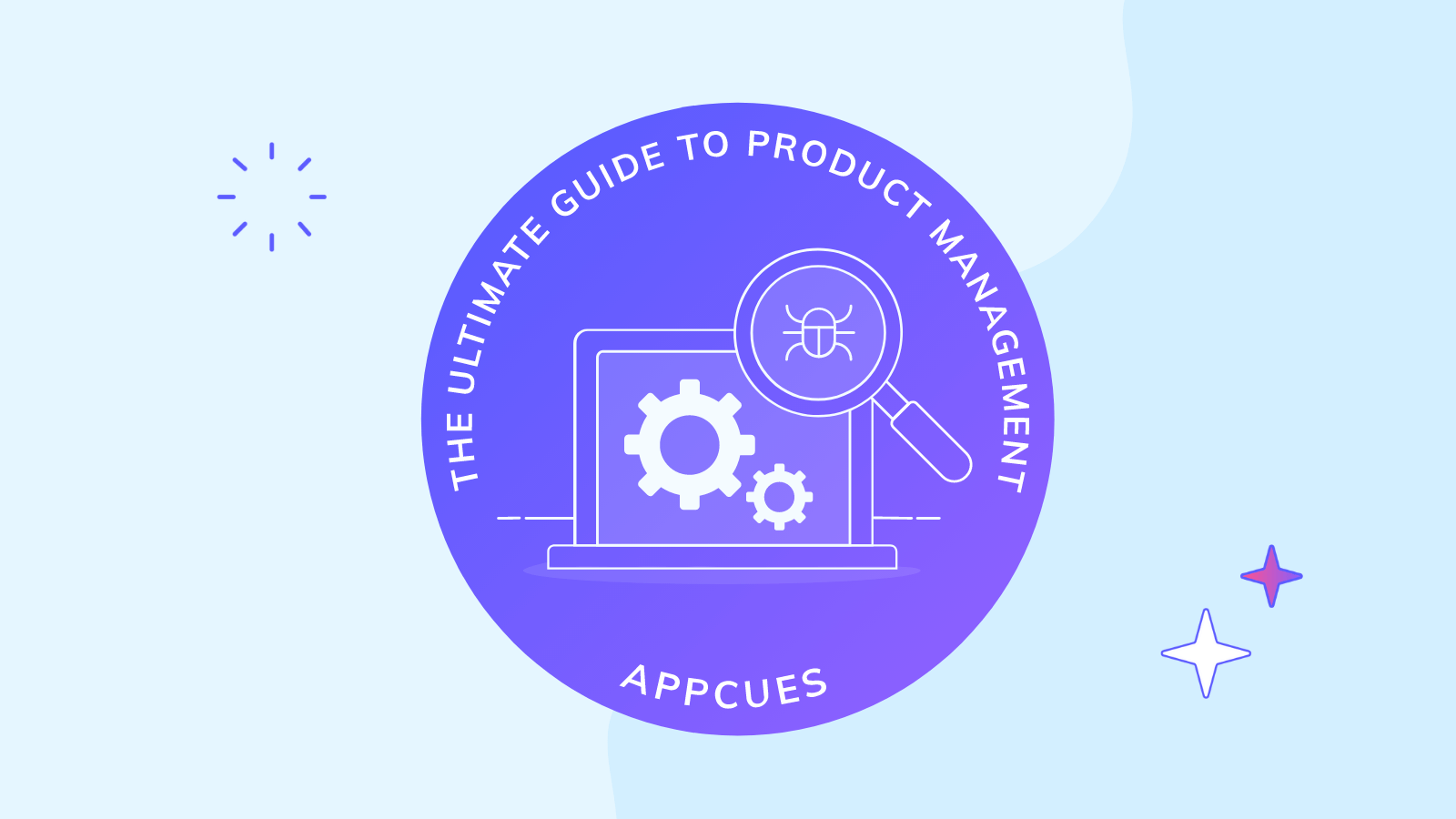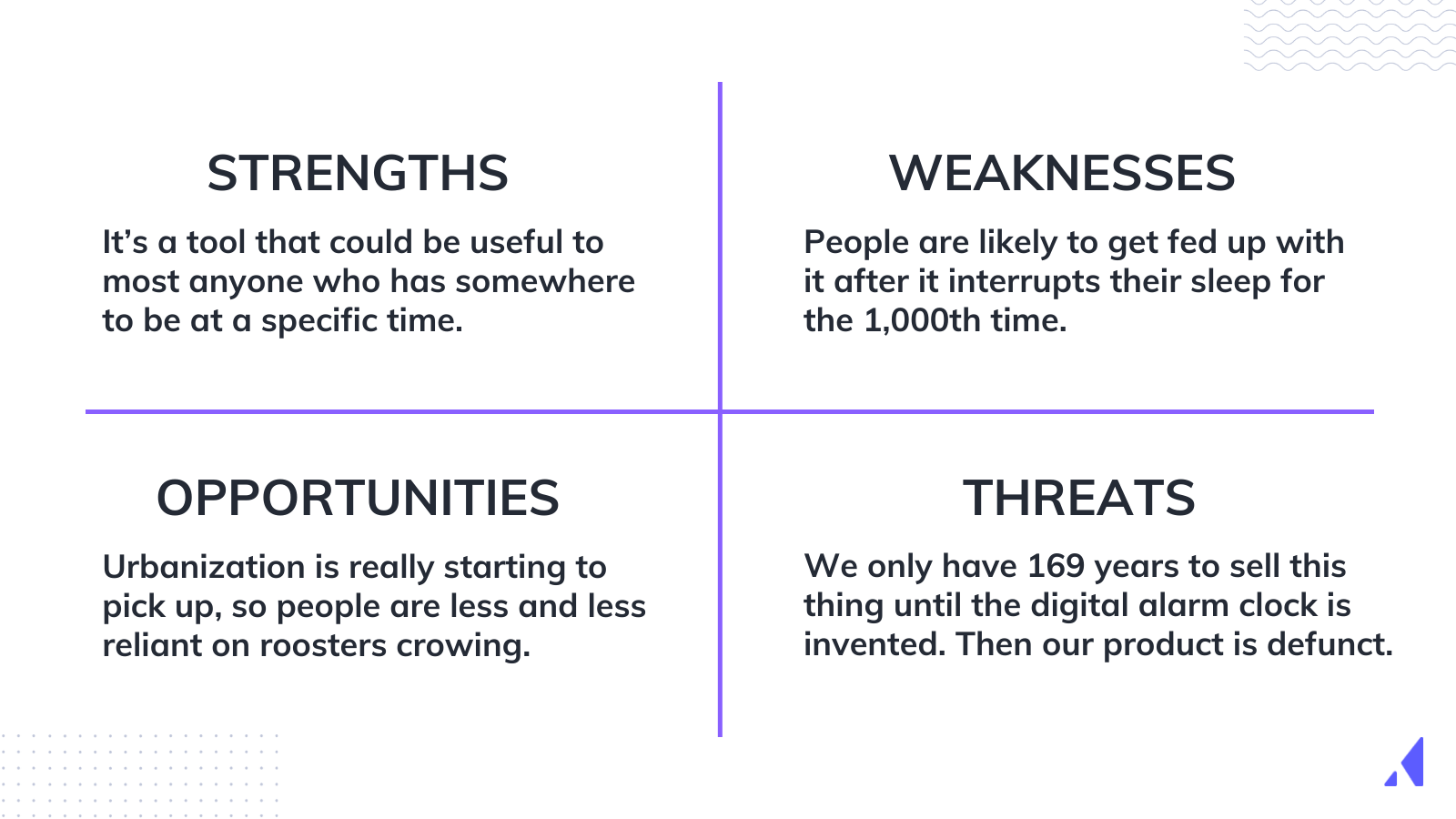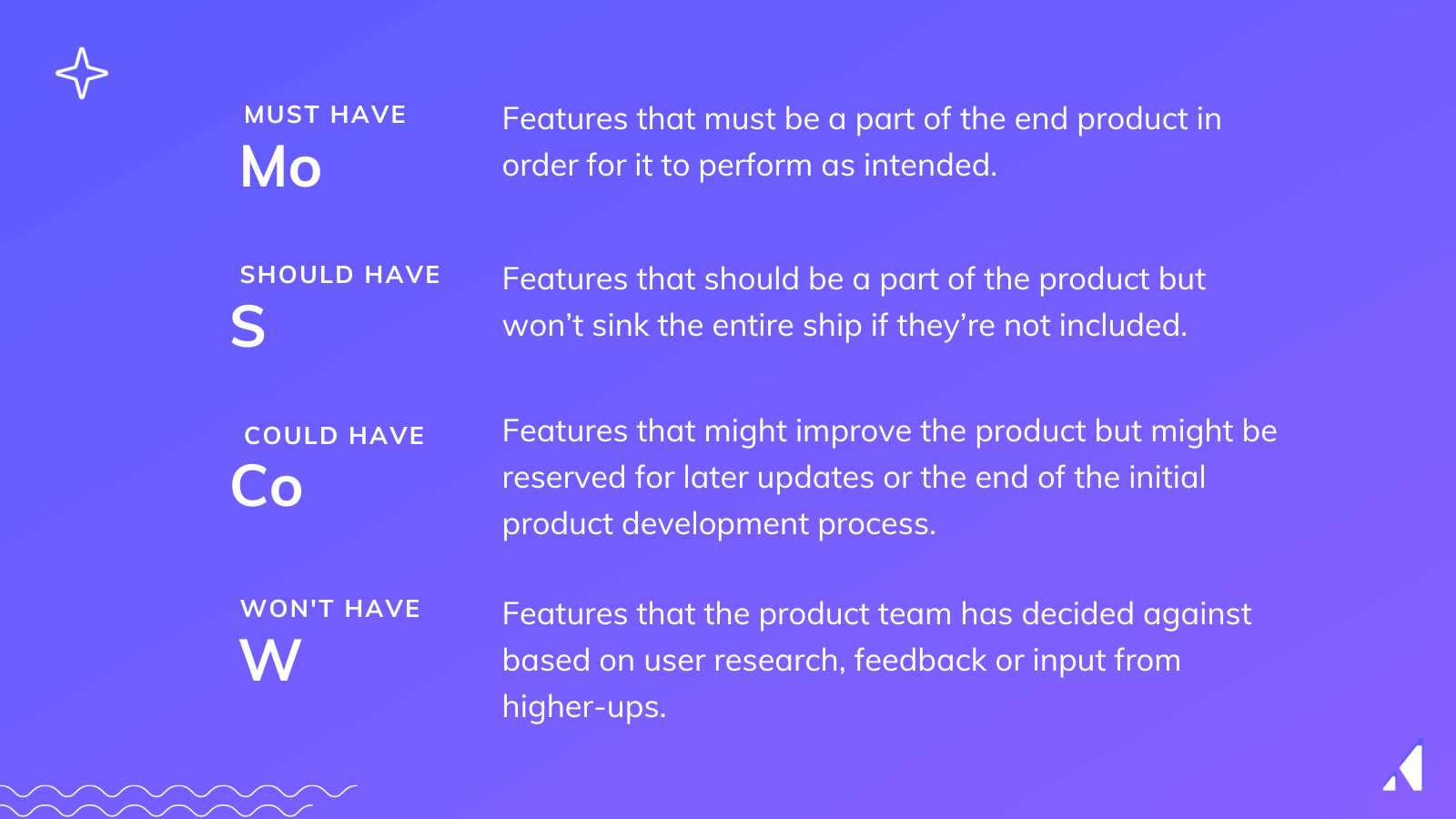9 Main Stages of the Product Management Process for Success

.png)

.png)
Grab your phone. Look at your apps. Better yet—pick up any product near you. Every single one of these physical and digital items is the result of product management.
That’s not to say, of course, that they’re the result of product management done right. But some kind of product management happened to get every product you use into your hands.
But you don’t want to just do product management—you want to do it just right. And you’re in the right place to learn how. Here are the 9 key stages of the product management process (done the right way):

Put on your thinking cap and tell your friends to shelter in place. This is the stage of product management where you let the brainstorms rage.
Most great products start as one of the best ideas on a list. (Pssst, this is the part where you generate the list.) Brainstorming is a great way to pick up momentum. Our pro tip? Involve every stakeholder—yes, even those you might not immediately think to involve—in the idea development process.
But there’s more to generating ideas than brainstorming. You also need to do some research. For your company, this might be in-depth market research, or it could be as simple as sifting through customer feedback to find new needs to meet.
In any event, this isn't the time to criticize ideas or start finding problems. (Save that for the next step.) You should walk away from this step with a long-ish list of product ideas.
Your product management process needs to be like an exclusive nightclub—not every idea gets in the door. You’re the bouncer, and the maximum capacity of this venue is 1 great idea.
Idea management is not about giving your opinion. You need a process. One popular way to screen ideas is using the SWOT analysis framework.
Assess the following for each idea on your list:
Let’s say you’re Levi Hutchins, who invented the mechanical alarm clock in 1787. Here’s what that SWOT analysis might have looked like for ol' Levi:

That’s a silly example. Your analysis of top ideas will likely involve a lot more data and less historical fiction. But still, this process will illuminate the standout ideas on your list.
Once you’ve settled on an idea, you’re ready to get input from all sorts of players on their respective teams and clarify how you plan to move the product forward. That involves several steps, each of which can take days or weeks:
Don’t overlook this phase of the product management process. It’s hard, no doubt, but it’s essential to the long-term success of the product.
While you’re at it: Implement user-led development to give your product managers an extra edge.
Speaking of long-term success, this is the stage where you create a roadmap that will get you there. This is all about product vision (the butter of product management) and strategy (the bread).
It’s helpful to work backwards here. What does success look like for this product? Answer that and build KPIs around it. You should end up with a list of every task it will take to get the product to where it needs to be.
That’s overly simple, of course, but it's the basic process. You will have to get more granular than that—think design, additional market research, user feedback and focus groups, prototyping and/or testing, marketing etc.
At the end of this phase, your product management team should have no trouble answering questions like:
Read next: The best product management tools to use in 2022.
Different product management processes will prioritize different aspects of the plan, but what matters is that you prioritize in the first place. After stage 4, you’re left with a lot of tasks. You may suddenly feel like you’re in a rowboat that’s taking on water. Don’t drain the boat by flipping the whole thing—start bailing water one bucket at a time.
In other words, take on the tasks of product management one at a time and in order of importance. How do you decide which of a product manager’s responsibilities are most important? Here are 2 of the most common methods to prioritizing product management tasks:
The MoSCoW Model is a prioritization method that helps you separate the essential features from those that can wait. This, in turn, helps you set internal development and testing priorities in line with your product vision.
As you can see from the funky capitalization, MoSCoW is an acronym:
Place each proposed feature (and the tasks necessary to create or implement it) into 1 of those categories and start at the top.

Perhaps you'd like to inject a little democratic spirit into your product management processes. If so, this one’s for you.
No money actually changes hands here, but every stakeholder in the project gets a fictional $100. Then, they “spend” a portion of that $100 on each feature, spending more on the features they think are most important. If you think a feature is mission-critical and the others amount to nothing more than extras, you might spend the majority of your $100 on that feature.
Once everyone has allocated their funds, you should get a clear picture of which features the team collectively believes are most important.
Plan it to perfection: Create a product launch plan that prioritizes perfectly.
Depending on the nature of your product, you may have a physical prototype or a digital one. In either case, this is the part where you, the product manager, work with a diverse array of teams to take the product from paper-bound to prototypical.
In other words, you’re making one or a few and seeing what happens:
Address all relevant concerns and get it exactly right. Then, you’re ready for the release.
Get it right: Use our free Product Launch Planner to nail your next product launch.
Immediately after the product is released, it’s time to start running tests and racking up robust data. Monitor not just sales, downloads and other purchase-centric metrics, but also most used features, emerging use cases, market-specific wins and anything else you can think of to track.
What you do with the data matters as much as getting the data itself. Make sure data analysis is baked into your internal processes, and use the analysis to develop new tests, strategies and features.
Hard numbers are great, but don’t forget the actual users. They provide feedback that the numbers can’t explain. Your data may show that users are deploying a particular feature in an unusual or unexpected way, but it can’t tell you why that is. The users can, though.
So, seek feedback. You may be one of the world’s greatest product managers, but you probably missed something. That’s OK—get customer feedback from real-world users and use it to fix the problem or improve the product. Use any feedback collection mechanism that has worked for your team in the past.
“End-to-end” product management is one of those corporate terms you hear and tend to ignore. Many phrases like this are harmless, but not this one. End-to-end product management implies that there is an end to product management. Spoiler alert: there isn’t!
It’s not a race from Point A to Point B. It’s not even a circle. It’s more like a helix—you keep going around, managing and improving the product, and each pass takes you higher and higher.
That isn’t to say that you start over at the beginning of the product management process as soon as you complete stage 9. Not at all. Instead, you complete the first 8 steps and then shift to efficiency, scale and optimization in step 9.
In other words, you’re not done. You’re just ready for the next phase: constant product improvement.
Product managers have naturally curious minds that come up with a lot of questions. We went ahead and collected a few basic product management FAQs to knock some of those questions off your list:
The product management process comprises defined steps that allow product managers to complete their most important goal: getting a new product from the idea phase to the market phase.
This product management life cycle involves idea generation and screening, feature selection and clarification, project management to aid development, creating a product roadmap, obtaining data and feedback and continually improving the product.
The success of almost any company depends on its ability to deliver products that meet the needs of the market. But one recent survey found that 21% of new products “failed to meet customer needs.”
The product management process is important because it empowers companies to understand and then meet customer needs. It’s how companies secure long-term success, but the same survey found that 49% of companies don’t have a consistent process for their product managers to follow.
That means this is a key opportunity to improve your company and stand apart from your competitors.